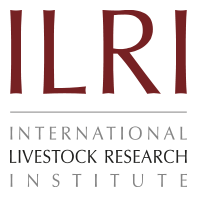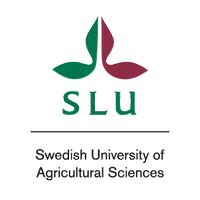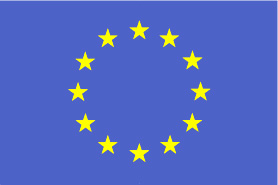Danakil
Origin and distribution: The Danakil cattle are found in the steppe and semi-desert areas of the Afar region of Ethiopia, southeastern part of Eritrea (along the southern Red sea coast) and northern part of Djibouti. In the centre of these areas is found the Danakil depression from which the name of the breed is derived. The cattle have also spread along the Awash River to parts of the Western Hararghe and Eastern Shewa zones where they are called Adal (or Afar). The adjacent Raya and Kereyu tribes in Eastern Shoa, South Wollo and Western Hararghe maintain a related breed by the name Raya Azebo.
Physical characteristics: The Danakil cattle belong to the sanga group [CS 1.10 by Okomo-Adhiambo]. They have a straight profile, long thin legs and extremely long horns up to 1 metre or more in length, which are lyre- or crescent-shaped and sometimes forming a complete circle. They have a small cervico-thoracic hump and small dewlap, navel flap and preputial sheath. Their hind legs are bowed with very weak hocks and thin thighs. The back is almost straight but with a sloping rump. Their average height at withers is 125-145 cm for males and 120-125 cm for females (Mason and Maule 1960). Their colour is usually ash grey, cream or light chestnut.
Peculiarity: During dry period, the Danakil cattle cope with the extremely adverse conditions by browsing and walking long distances in search of the few and scattered patches of coarse grasses still available. They may or may not get water every other day.
Breed status: The current population of the Danakil is estimated at 680 500 and the breed is not at risk (DAD-IS, 2005). No breed improvement or conservation programme exists.
Utility: The Danakil cattle are kept for triple purpose: milk, meat and work. The weight range of male animals is 250-380 kg and that of females is 200-305 kg (Mason and Maule 1960). Their meat is very fibrous. Milk production, for which they are mainly bred, is very low, averaging 200-300kg during a lactation period of 160-225 days (Maule 1990).
References
DAD-IS, 2005: http://dad.fao.org/en/home.htm
Mason I.L. and Maule J.P. 1960. The indigenous livestock of Eastern and Southern Africa. Common wealth Agricultural Bureaux. Farnham Royal, Bucks England. pp. 24-25.
Maule J.P. 1990. The cattle of the tropics. Centre for Tropical Veterinary Medicine, University of Edinburgh. Redwood Press Limited, Melksham, Wilts.
Related Literature
Alberro M. and Hailemariam S. 1982. The indigenous cattle of Ethiopia Part I. FAOWorld Animal Review 41:2-10.
Epstein H. 1971. The origin of the domestic animals of Africa Volume I. Africana Publishing Corporation. New York. London. Munich. pp. 415-417.
Rege, J.E.O., 1999. The state of African cattle genetic resources. I. Classification framework and identification of threatened and extinct breeds. FAO/UNEP Animal Genetic Resources Information Bulletin 25:1-25.






